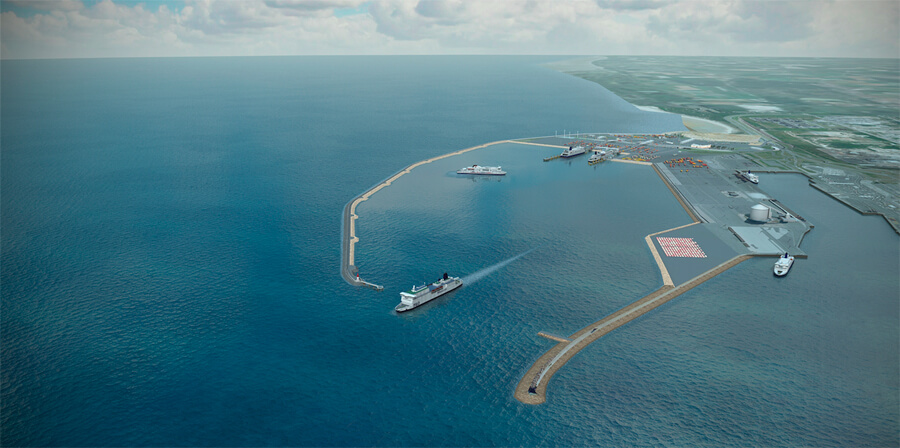Shipping companies face a costly dilemma in the Red Sea. Houthi attacks mean vessels passing through the Suez Canal risk being hit with ballistic missiles. The alternative is to go around the Cape of Good Hope, adding more than 8,000 nautical miles to the journey.
The first option lands companies with higher insurance costs; the second means spending money on extra fuel. Either way, expenses are rising, and these costs will eventually hit consumers’ pockets.
Chokepoints like the Suez and Panama Canals are vital for global trade as vast quantities of goods are transported through these passages, from raw materials to finished products. Companies like Tesla, Michelin, and Volvo have all experienced production stoppages due to shortages of components which have been rerouted and delayed in transit through West Africa.
Production halts and supply shortages may also contribute to higher prices and inflationary pressure if disruption in the region continues long-term. This could ripple into politics, especially in scenarios like the US presidential election this year.
How are ships responding to threats in the region?
Finding ways to mitigate the risks facing ships passing through the Red Sea is complicated by the dynamic and unpredictable nature of Houthi attacks.
Historically, piracy has been one of the main threats to merchant vessels in the region. Compared to the new danger posed by the Houthi movement, the frequency of pirate raids has been observed to go through peaks and troughs, unlike the seemingly random missile strikes against ships with even a subtle connection to Israel, the US, or the UK.
The risk profile is also different. Previously, the risks centred around pirates hijacking the ship and crew for ransom, but the chief problem now is being targeted by ballistic missiles. In a sense, the likelihood of Houthi forces achieving their goals is much higher than it has been for pirates because they do not aim to take possession of ships that fall into their crosshairs.
Nevertheless, vessels are trying to find ways to reduce the threat, for instance by manipulating the data they share with the Automatic Identification System (AIS) – a tracking system developed to provide identification and positioning information to ships and onshore stations.
In the past, ships moving between the Suez Canal and the Gulf of Aden have manipulated the system to signal their security status, in the hopes of deterring pirates by making themselves seem like less attractive targets.
This was achieved by altering a field in the AIS data designed to indicate the vessel’s sailing destination. Some ships used this field to communicate different messages, such as ‘Armed Guards on Board,’ which served both to obscure their intended destination and to imply that protective measures were in place.
Is it working?
The problem with these practices is that they may actually increase the likelihood of ships being targeted by the Houthi movement by making the vessels appear more belligerent and potentially harmful. The presence of armed guards would not deter a missile strike.
After the initial attacks, there has been a considerable decrease in vessels claiming to have this kind of protection on board. Instead, more ships are editing their AIS data to explicitly state they have no ties with Israel, using phrases like ‘No Contact Israel’ or declaring that the vessel or crew is entirely Chinese with ‘All Chinese’ status.
The latter of these strategies was anticipated following Houthi remarks that Chinese or Russian vessels would not be attacked, a statement that gained relevance after official delegations from these countries met with Houthi authorities to secure immunities.
However, despite these assurances, MV Huang, a Chinese-owned vessel, was recently attacked, emphasising the rapidly changing dynamics in the region.
There is no strong evidence yet that ships which modify their AIS data are any more effective at staving off Houthi attacks than those that do not. It may be too early to identify strong indicators, as has been done with long-standing piracy threats.
In a study co-authored with Roar Ådland, we developed a method for obtaining Suez Canal transit information from AIS, so that shipping operators could spot problems or delays in the region almost instantaneously.
We have noticed a decline in AIS signals in the area, which could be for a couple of reasons. Vessels may be choosing to avoid the route entirely, or they may still be navigating the Red Sea with their equipment turned off to try and avoid being targeted.
Source: Hellenic Shipping News





